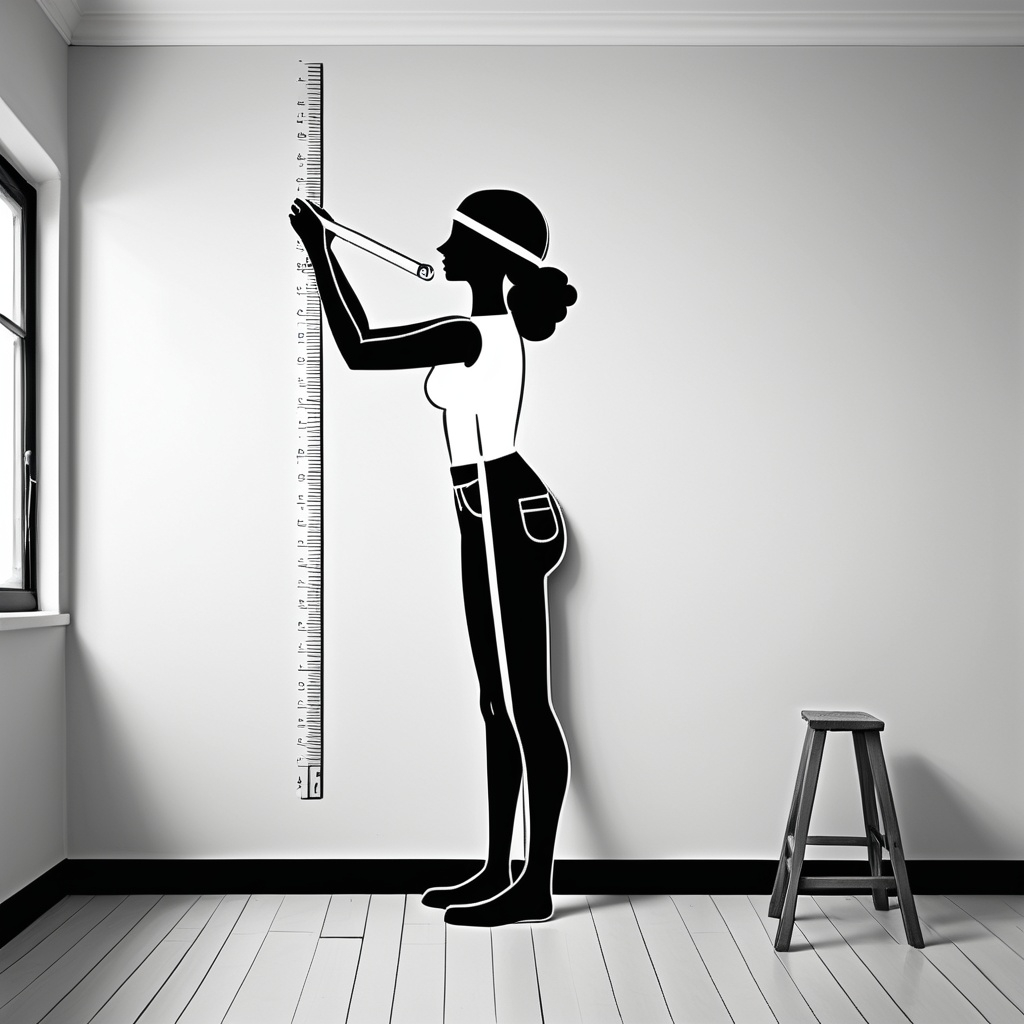How Appraisers Measure Your Home
When appraisers measure a home, they use the exterior walls (or the “footprint”) as the basis for calculating square footage. This measurement excludes spaces like the garage, patio, and porch. The standard method used is the ANSI Z765-2021 measuring standard, developed by the American National Standards Institute (ANSI).
Understanding ANSI Z765-2021

The ANSI measurement standard has replaced the previously used American Measurement Standard. Some of the key differences include:
- Stairs are now included in the overall square footage.
- Sloped ceilings: Only areas with a ceiling height over 5 feet in a heated space count towards the Gross Living Area (GLA).
- Finished areas: Spaces connected to the main house via finished areas (like hallways or stairways) are included in the square footage of that floor. However, finished areas that are separate from the main house do not count toward GLA.
- Accessory Dwelling Units (ADUs): If a home has an ADU, it is noted separately and adjusted in the appraisal report.
For more details on ANSI measurement guidelines, you can visit: ANSI Z765-2021 Standards.
Why Square Footage Might Differ
A real estate agent’s square footage may differ from an appraiser’s because agents often include non-living spaces like garages and other structures. This can cause discrepancies when comparing measurements. If you’re in Los Angeles, it’s always a good idea to check records through ZIMAS.com, Los Angeles Building and Safety Department, or The Los Angeles Assessor’s Office to verify official square footage.
Some common reasons why measurements differ include:
- Public records using different terms:
- Gross Living Area (GLA): Only includes finished, livable space above grade.
- Gross Building Area (GBA): Includes all spaces, even unlivable areas.
- County records not accounting for stairs: Some records may or may not include stairwells and the space above them.
- Property boundary quirks: For townhouses or homes with shared walls, small measurement shifts can lead to inconsistencies between what’s on record and what’s measured.
How I Measure a Home
Once I assess the exterior condition, the next step is measuring the house. This gives me a “footprint” to work from and helps determine the total living space.
- Garages don’t count as living space event it is converted to unpermitted living area. There are several way to deal with this issue that I will dicuss in future blogs.
- My numbers vs. public records: If my measurement doesn’t match the county’s, I investigate the reason behind the difference.
- I’m not a surveyor: My measurements are for appraisal purposes, not legal records.
- Your tax bill won’t change: I don’t report my findings to the county assessor, so you don’t need to worry about an increased tax assessment based on my measurements.
In the end, my goal is to ensure your home’s square footage is measured accurately so I can compare it properly with other homes in the market. If there are differences, I’ll do my best to find out why!